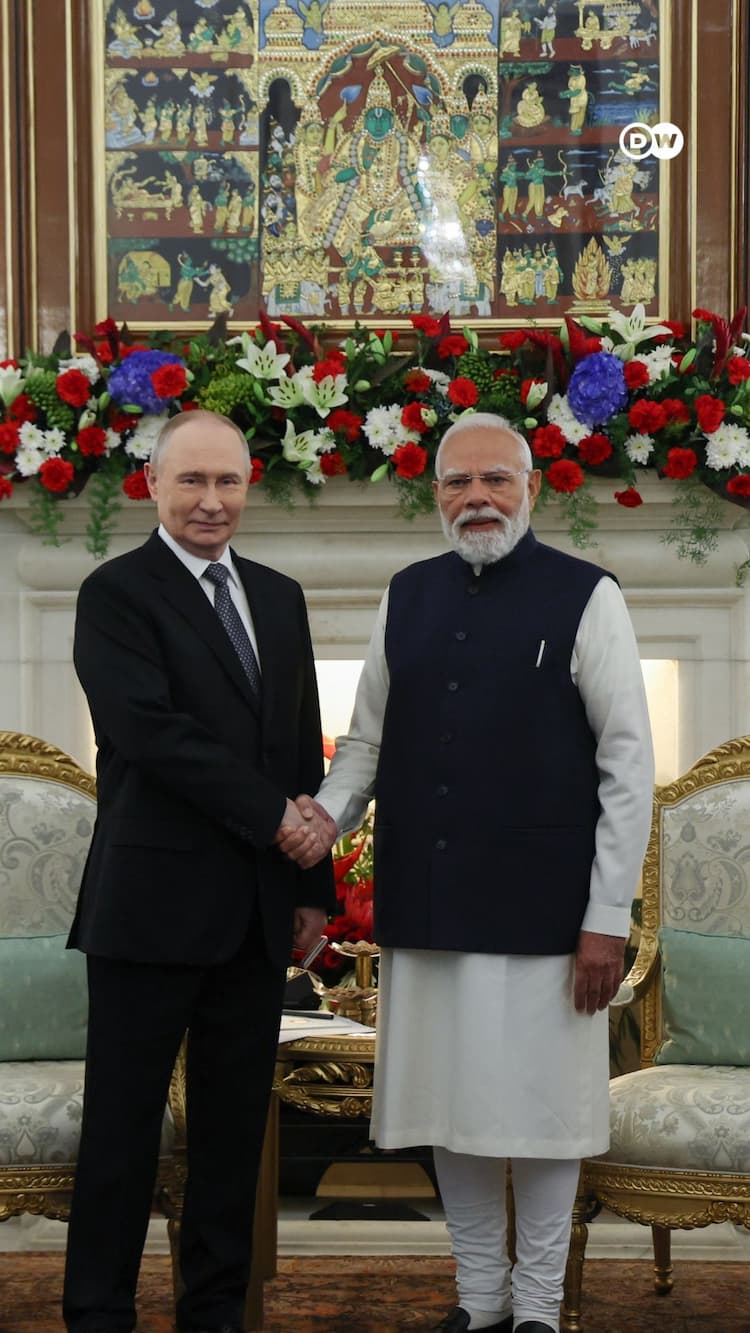Can China weaponise water against India?
In recent weeks, after India suspended the Indus Water Treaty with Pakistan, debates have intensified over whether China might retaliate by using water as a geopolitical weapon against India. Some voices in Chinese and Pakistani strategic circles suggest that China could restrict river flows into India. But how real is this threat?
The Tibetan Plateau – source of vital rivers
The heart of this discussion lies in the Tibetan Plateau, where several major rivers of South Asia originate. This includes the Brahmaputra, Sutlej, and Indus. In fact, nearly 48% of river water that flows from Tibet ends up in India—more than any other country. On the surface, this might appear to give China enormous leverage.
However, the ground reality is far more nuanced.
The Brahmaputra and China’s real share
Take the Brahmaputra, for example. It is one of the largest rivers that flows into India from China. China controls the upper reaches of the river—called Yarlung Tsangpo there—but its actual contribution to the river’s overall volume is just about 14%.
A massive 86% of the Brahmaputra’s water comes from rainfall and tributaries within Indian territory and neighbouring Bhutan. So, even if China were to try and stop or divert the river, the actual impact on India’s total water availability would be quite limited.
Moreover, the Brahmaputra accounts for only around 29% of India’s total river water. So if we consider China's contribution to this single river, it translates to less than 3% of India’s overall river water resources. That’s hardly a catastrophic figure.
Dams and the “Liquid Bomb” myth
Yes, China has constructed dams on rivers flowing into India, including the Zangmu Dam on the Brahmaputra. But these are mostly run-of-the-river projects. This means they don’t hold or store significant volumes of water that could be used for major manipulation. Their purpose is primarily power generation, not flood or drought control.
However, China has announced plans to build more dams on the river. While this has made India cautious, these projects are technically and financially challenging due to the rugged Himalayan terrain.
ALSO: India downgrades diplomatic ties with Pakistan, suspends Indus Water Treaty
India’s water resilience
India’s water security is, in fact, largely domestic. The vast majority of its water supply comes from monsoon rainfall and internal river systems. India also possesses untapped hydroelectric potential, especially in the Brahmaputra basin, which could strengthen its energy security.
Where risks do exist is in data sharing. In the past, China has withheld critical flood data during times of border tension. This kind of information control can impact India’s flood preparedness but falls short of a true “water weapon.”
So, can China weaponise water against India? The answer is no, not in any meaningful or sustainable way. While China does have some strategic advantage as an upstream nation, India’s dependence on transboundary water is minimal. Instead of panic, the focus should be on:
- Strengthening domestic water infrastructure
- Improving flood and drought management
- Enhancing cooperation with neighbouring countries like Bhutan









